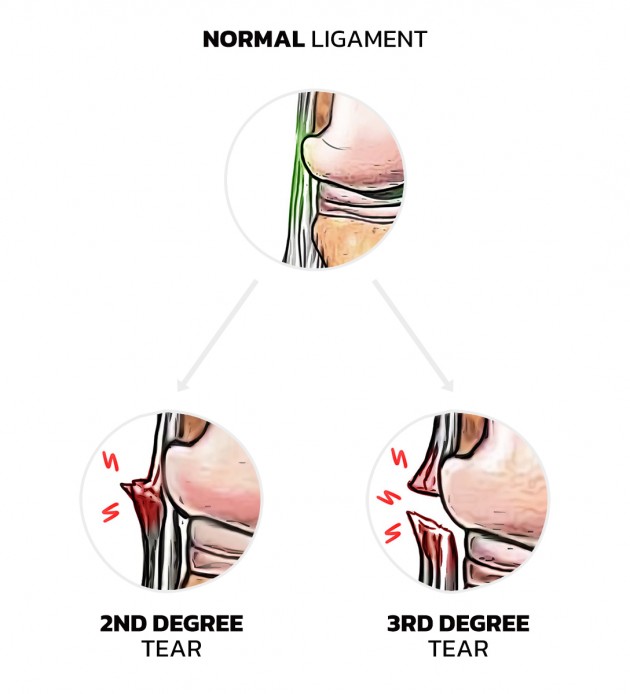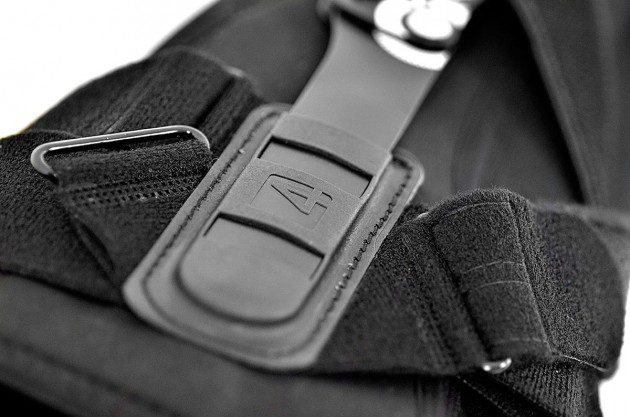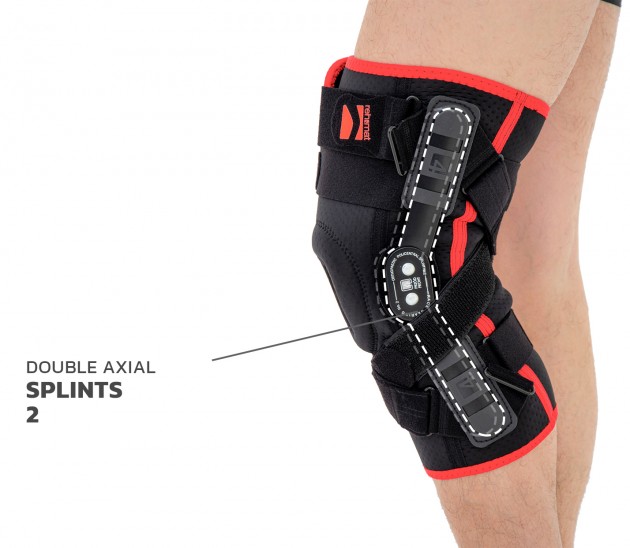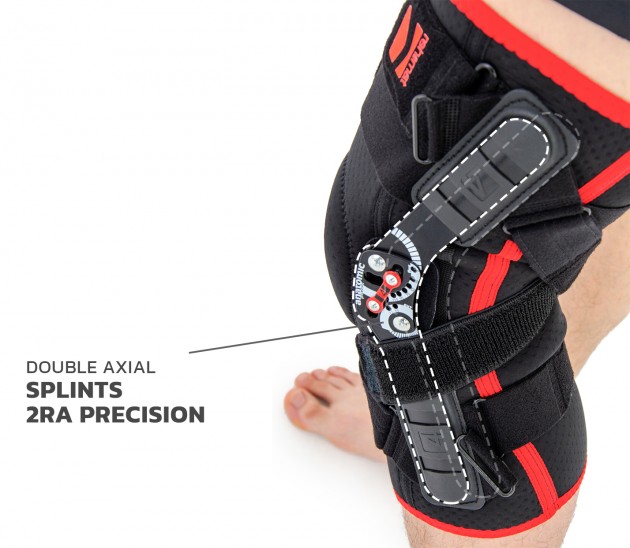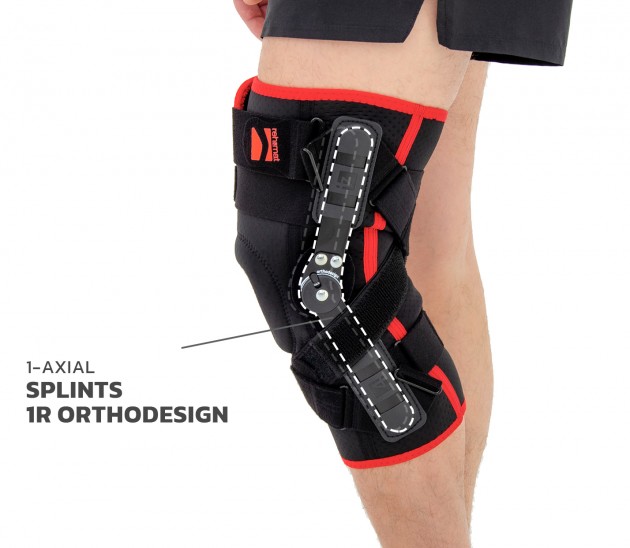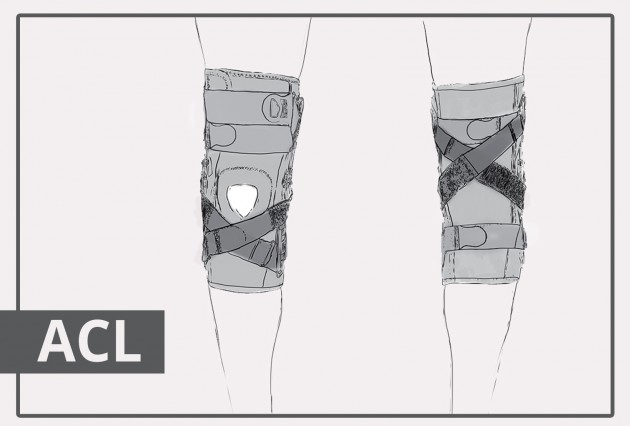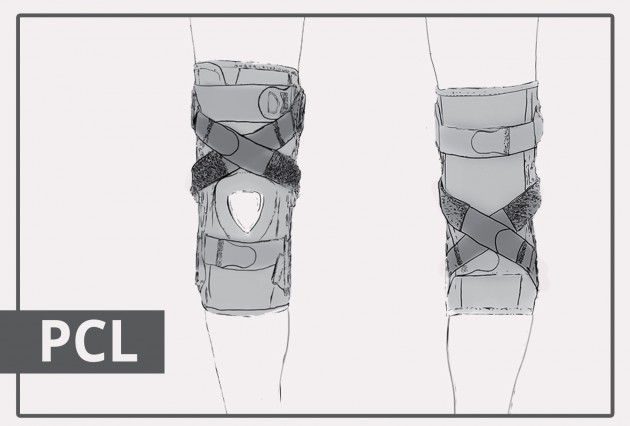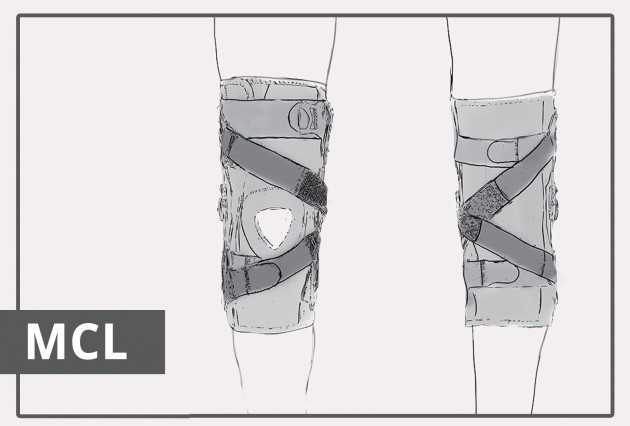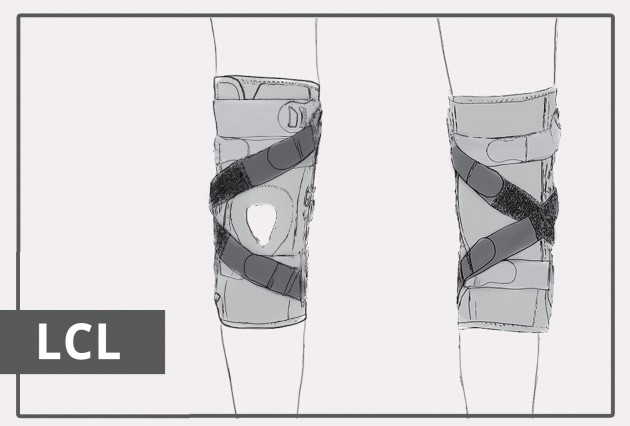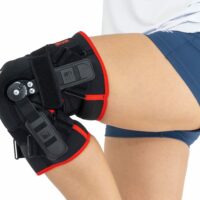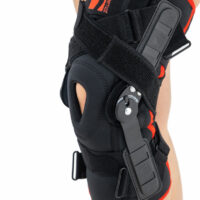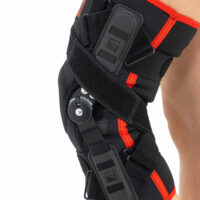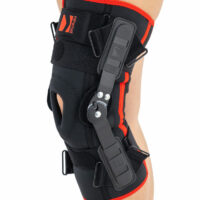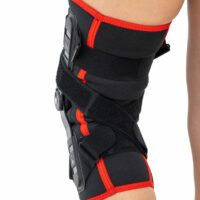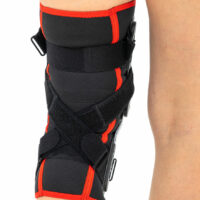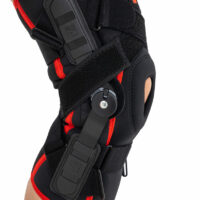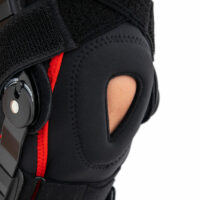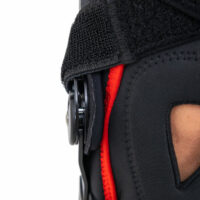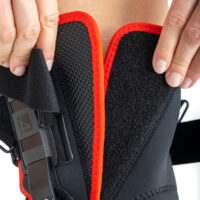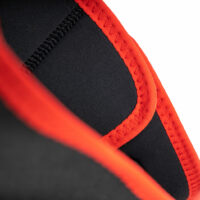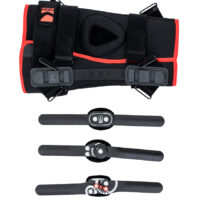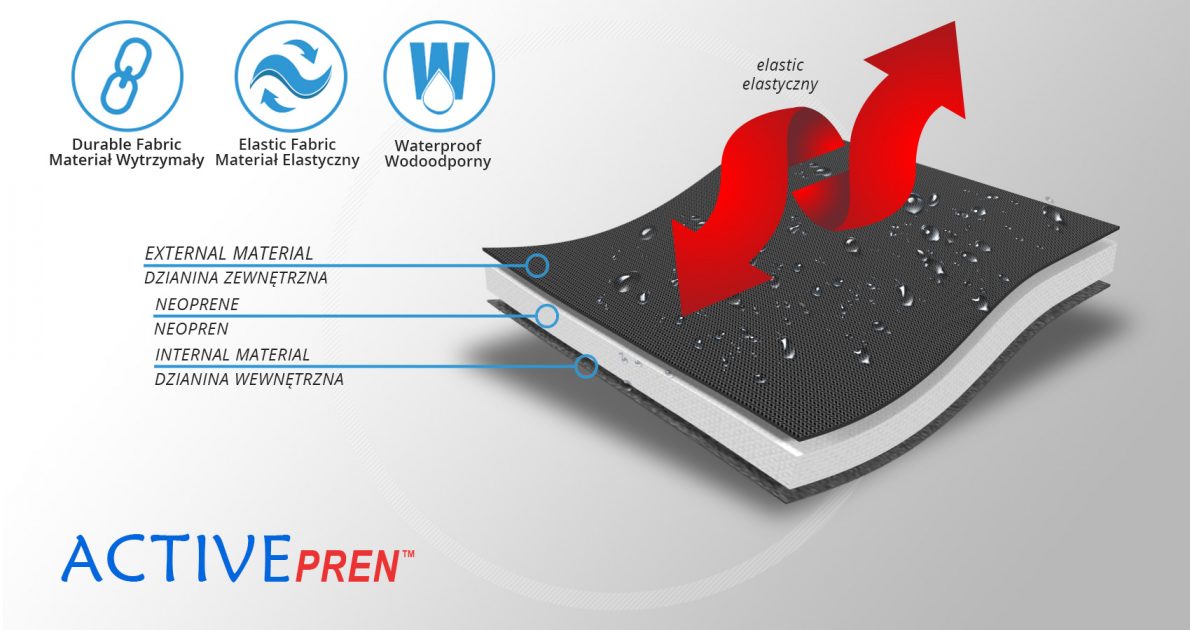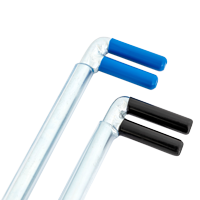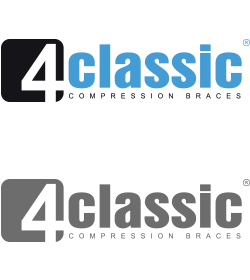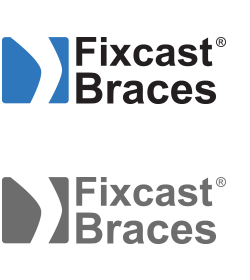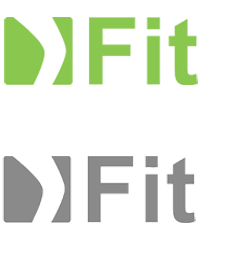Lower limb support OKD-23
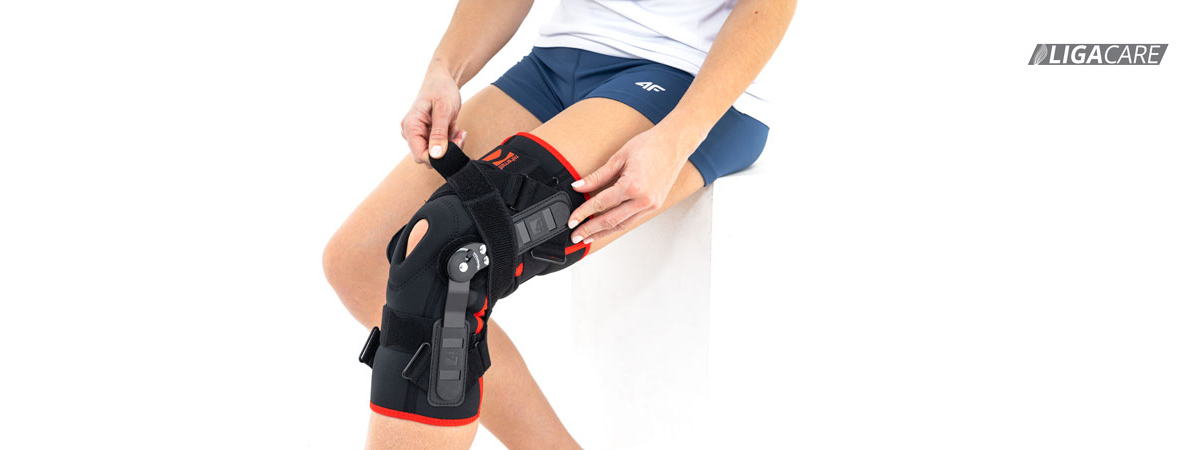

 Knee brace
Knee brace Anatomic joint 2RA
Anatomic joint 2RA Anatomic patella donut
Anatomic patella donut Class I medical device
Class I medical device Innovative
Innovative Minimum device - maximum effect
Minimum device - maximum effect OA orthosis
OA orthosis Polycentric joint 2
Polycentric joint 2 Recommended by specialists
Recommended by specialists Unicentric joint 1R
Unicentric joint 1RLigaCare
Active ligaments knee brace
Description
KNEE LIGAMENTS INJURY
What is a ligament?
Ligaments are a short band of tough, flexible tissue, made up of lots of individual fibres, which connect the bones of the body together.
There are 4 ligaments in the knee:
-
ACL – anterior cruciate ligament – is the most commonly injured knee ligament. It connects the thigh bone to the shin bone.
-
PCL – posterior cruciate ligament – it’s rarely injured except in car accidents, where PCL injury is very common. It also connects the thigh bone to the shin.
-
LCL – lateral collateral ligament – helps keep the outer side of the knee joint stable and connects the thigh bone to the fibula.
-
MCL – medial collateral ligament – helps keep the medial side of the knee joint stable and links the thigh bone to the shin bone.
How you can damage your ligaments?
Ligament injuries in athletes are common and can occur at any joint. The knee and ankle are particularly vulnerable. The reason is fact that joints move in all directions under high stress with weight-bearing.
The ligament is damaged or torn when joint moves more than natural range of motion allows. Common causes of a ligament injury include twisting or landing awkwardly.
There are 3 degrees of ligament injuries:
1 degree – mild ligament tear, with painful area and full stability maintained.
2 degree – moderate ligament injury with pain, limited function and slightly instability.
3 degree – severe ligament tear with high knee instability.
What are the Symptoms of a Torn Ligament?
- Sudden pain
- A loud pop or snap during the injury
- Severe swelling up to 24 h after injury
- Joint instability and looseness
- Inability to put weight on the joint without pain
In mostly cases, torn ligaments may heal on its own, but they need immobilization and stabilization providing by high quality knee brace.
In case of surgery (reconstructive knee surgery) the knee brace is also necessary after procedure.
If you want protect your knee against the injury, you should also apply professional knee brace. To meet this requirements, we recommend high quality knee brace LigaCare.
Product’s description
LigaCare is an active, asymmetric, dual side splints brace with dynamically stabilizing straps supported knee ligaments.
Knee brace LigaCare is made of ActivPren™.
For better stabilization, our knee brace is equipped with frontal and rear circumferential straps.
Asymmetric offloading pads allow to distribute of pressure what improves comfort of using and brace stabilization.
LigaCare knee brace may be equipped with different splints according to needs.
We offer 3 types of splints:
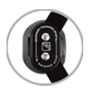
Splints 2 – double-axis polycentric splints without range of motion adjustment that reflect the anatomic movement of the knee joint.
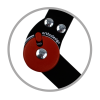
Splints 1R orthodesign – innovative splints with easy and fast range of motion adjustment with magnet and steel pins.
Splints 2RA Precision – a double axis anatomic splints with range of motion adjusment which reflect the knee 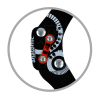 movement and during performance do not change their position towards the joint axis.
movement and during performance do not change their position towards the joint axis.
Design of knee brace LigaCare is unique and allows for perfect unloading and stabilization of ligaments: ACL, PCL, MCL i LCL.
Active straps support ligaments in 4 ways:
The pictures show the setting up on the right leg
It is possible to use a thinner pad under the drop lock.
Patient or physiotherapist may decide on their own which ligament should be protected.
Furthermore, the upper part of brace is wraparound what make the putting the brace on very easy. Also, our knee brace with Patella Donut supports patellofemoral joint and reduces pain.
Purpose of use
- injuries of knee ligaments: ACL, MCL, LCL, PCL,
- osteoarthritis (OA),
- knee twist and sprain,
- knee dislocation,
- side instability of the knee joint,
- knee ligaments reconstruction,
- other surgeries (orthopedic),
- excellent support in sport.
Sizes
| Size | Knee circumference | How to measure |
| S | 30-34 cm (11,8″-13,4″) |
 |
| M | 34-38 cm (13,6″-15″) |
|
| L | 38-42 cm (15,2″-16,5″) |
|
| XL | 42-46 cm (16,7″-18,1″) |
|
| XXL | 46-50 cm (18,3″-19,7″) |
|
| XXXL | 50-55 cm (19,9″-21,7″) |
|
| XXXXL | 55-59 cm (21,9″-23,2″) |
Total length of product: 36 cm (14,2″)
Gallery
Technology
MATERIALS
ActivePren™
ActivePren™ is an active three-layer material consisting of two elastic jersey cover fabrics and a core made of neoprene foam. This material is characterized by softness and high flexibility. A very important advantage of this material is the fact that it is not a knitted product, it does not have thick fibers, so that the weaves of the material do not imprint on the patient's skin and do not cause abrasionsin places of high compression. Products made of ActivePren are the strongest and most effective stabilizing orthoses available on the market.
STIFFENINGS
Splint 1R Orthodesign
Szyna ortopedyczna 1R orthodesign, to nowatorskie podejście do tematyki szyn ortopedycznych z regulacją kąta zgięcia i wyprostu. Innowacyjność szyny polega na tym, że w zegarze o średnicy nie przekraczającej 30 mm, zastosowaliśmy regulację kąta zgięcia i wyprostu co 15 stopni. Dodatkowym atutem szyny jest to, że regulacja odbywa się nie przy użyciu wkrętów imbusowych, jak to się odbywało w poprzedniej generacji szyny, lecz za pomocą wkładanych stalowych nitów, które dla ułatwienia wyjmowane są z gniazd kątowych przy użyciu załączonego do szyn magnesu. Wisienką na torcie jest pierścień blokujący, który dzięki systemowi zapadkowemu nie pozwoli na samoczynne przestawienie się wcześniej ustawionego kąta. W ortezach kolana szyny mają odsadzenie goleniowe, co pozwala na bardziej precyzyjne dopasowanie ortezy kolana, a co za tym idzie dokładniej realizują regulację ruchomości stawu, w pozostałych wyrobach zaś, ortezy mają formę prostą. Od spodniej strony zegara zamontowano owalny element do którego doklejono gripper niezbędny do przymocowania do zegara miękkich poduszek bocznych 3D. Szyny te, przy użyciu klucza ortopedycznego będącego w ofercie Reh4Mat, mogą być w niektórych przypadkach indywidualnie dopasowane do kształtu kończyny pacjenta, poprzez ich lekkie dogięcie. Pobierz instrukcję regulacji szyny 1R orthodesign
Splint 2
Splints [2] – double-axis polycentric splints equipped with rack and pinion, which reflects the anatomic movement of the knee joint. It is made of high quality aluminium alloy, with durable sanded cover, which protects the splint from influence of sweat and salt. Splint is equipped with specially shaped silicone insert to stabilize the splint and additionally release stress from the knee joint.

Splint 2RA Precision
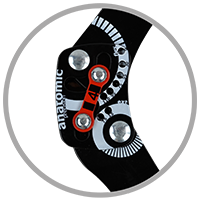 Splints 2RA Precision are a double axis anatomic splints which reflect the knee movement and during performance do not change their position towards the joint axis. Splints 2RA are double axis polycentric splints, with coupling mechanism with two main conductive elements which move of parabolic tracks. Such splints are mainly used in all knee joint braces and, apart from angle adjustment, the high lateral knee stabilization is very important. The splints are manufactured with high quality of sanded aluminium, durable cover which what makes splints neutral to the influence of sweat and salt. Flexion and extension angle adjustment is possible with special allen screws. Every brace is equipped with special Allen key which is necessary for adjustment. Anatomic splints provides hyperextension block, 30°, 55°, 75°, 95°, 110° flexion and 15° or 75° extension. The angle adjustment clock is secured from manipulation by unauthorized people. Standard length of the splints is: 290 and 390 mm. The splint and its design are patented in European Union by Reh4Mat company.
Splints 2RA Precision are a double axis anatomic splints which reflect the knee movement and during performance do not change their position towards the joint axis. Splints 2RA are double axis polycentric splints, with coupling mechanism with two main conductive elements which move of parabolic tracks. Such splints are mainly used in all knee joint braces and, apart from angle adjustment, the high lateral knee stabilization is very important. The splints are manufactured with high quality of sanded aluminium, durable cover which what makes splints neutral to the influence of sweat and salt. Flexion and extension angle adjustment is possible with special allen screws. Every brace is equipped with special Allen key which is necessary for adjustment. Anatomic splints provides hyperextension block, 30°, 55°, 75°, 95°, 110° flexion and 15° or 75° extension. The angle adjustment clock is secured from manipulation by unauthorized people. Standard length of the splints is: 290 and 390 mm. The splint and its design are patented in European Union by Reh4Mat company.
PADDINGS
3D supports
3D relief supports are independent technical solutions to relieve the rigid elements of a given orthosis. These elements are made of supporting foams or EVA foam. These foams are connected with various types of skin-friendly materials and materials with an adhesive function. These pads have the appropriate shape and color adapted to the type of orthosis. They relieve both metal elements of orthoses, such as splints, stays, underwires and orthopedic drop locks, as well as other elements that should not come into direct contact with the patient's skin. These pads have an anatomical shape and are made of comfortable foam with proper hardness and elasticity, guaranteeing the proper therapeutic effect.
Patella stabilizers
Relief stabilizers of various shapes made in 2D technology. They are made of relieving foams connected on one side with a fabric friendly to the patient's skin, and on the other with a gripper, thanks to which the stabilizer can be attached to the adhesive element of the orthosis. Thanks to such a structure, these pads do not have to be sewn into the orthosis, and they can simply be fastened to it from the inside. These elements have an anatomical shape and are made of comfortable foam with proper hardness and elasticity, which guarantees the proper therapeutic effect.
Setting up
Downloads
Accessories
ACCESSORIES / PRODUCTS TO BE USED WITH
ON OUR WEBSITE WE PRESENT MEDICAL DEVICES.
USE THEM ACCORDING TO THE INSTRUCTIONS FOR USE OR LABEL.

 Class I medical device in accordance with Regulation (EU) 2017/745 of the European Parliament and of the Council of 5 April 2017. on medical devices.
Class I medical device in accordance with Regulation (EU) 2017/745 of the European Parliament and of the Council of 5 April 2017. on medical devices.
MANUFACTURER / ADVERTISING ENTITY: REH4MAT Sp. z o.o.

